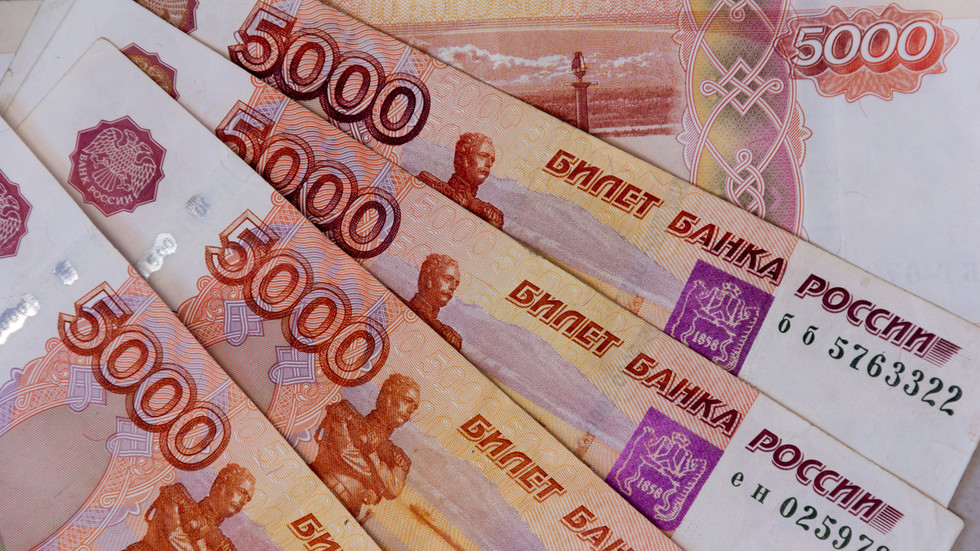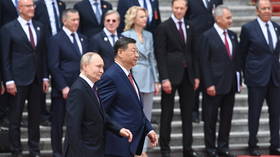
The currency now makes up more than half of Moscow’s export settlements, according to statistics

© Getty Images / gutaper
The share of ruble transactions in Russia’s foreign trade, particularly with the rest of Europe, has been steadily growing, hitting record highs in March, according to data from the country’s central bank.
Statistics show the use of the Russian currency in settlements for goods and services exported by Russia to other European countries reached 58.5% in March. This marks a significant increase from the previous year, with the ruble’s share rising by 10.8 percentage points annually and 9.6 percentage points month-on-month.
According to data from the Federal Customs Service, exports to Europe in the first quarter of this year accounted for 15.2% of the total volume of Russian goods exports, equivalent to $15.4 billion.
“The general trend towards increase of the ruble share in settlements with Europe continues,” Russian Presidential Academy of National Economy and Public Administration (RANEPA) senior researcher Aleksandr Firanchuk told RBK, noting that the region also includes Belarus, an important trade partner.
According to HSE Banking Institute director Vasily Solodkov, the growth in the share of ruble transactions came as a result of the Western sanctions regime, due to difficulties in settlements with EU countries in euros and other currencies.
Experts also said the introduction of the ruble-based gas payment mechanism could be another reason that payments for Europe-bound gas supplies switched to rubles.

The Bank of Russia provided detailed statistics on trade with other regions, including Asia, America, Africa, the Caribbean, and Oceania. The strongest increase in the ruble’s share in March was recorded in payments by African countries for Russian goods.
This rise in the use of the ruble reflects a broader global trend of de-dollarization and a shift towards using national currencies in international trade. It started to gain momentum after Ukraine-related sanctions saw Russia cut off from the Western financial system and its foreign reserves frozen.
Central bank data shows that the share of the US dollar and euro in Russia’s foreign trade has dropped substantially. As of March 2024, just 28.5% of export settlements were carried out in these currencies, compared with nearly 90% before the beginning of 2022.
The share of currencies of ‘friendly countries’ – those that have not placed sanctions on Russia over the Ukraine conflict – was 13%.




